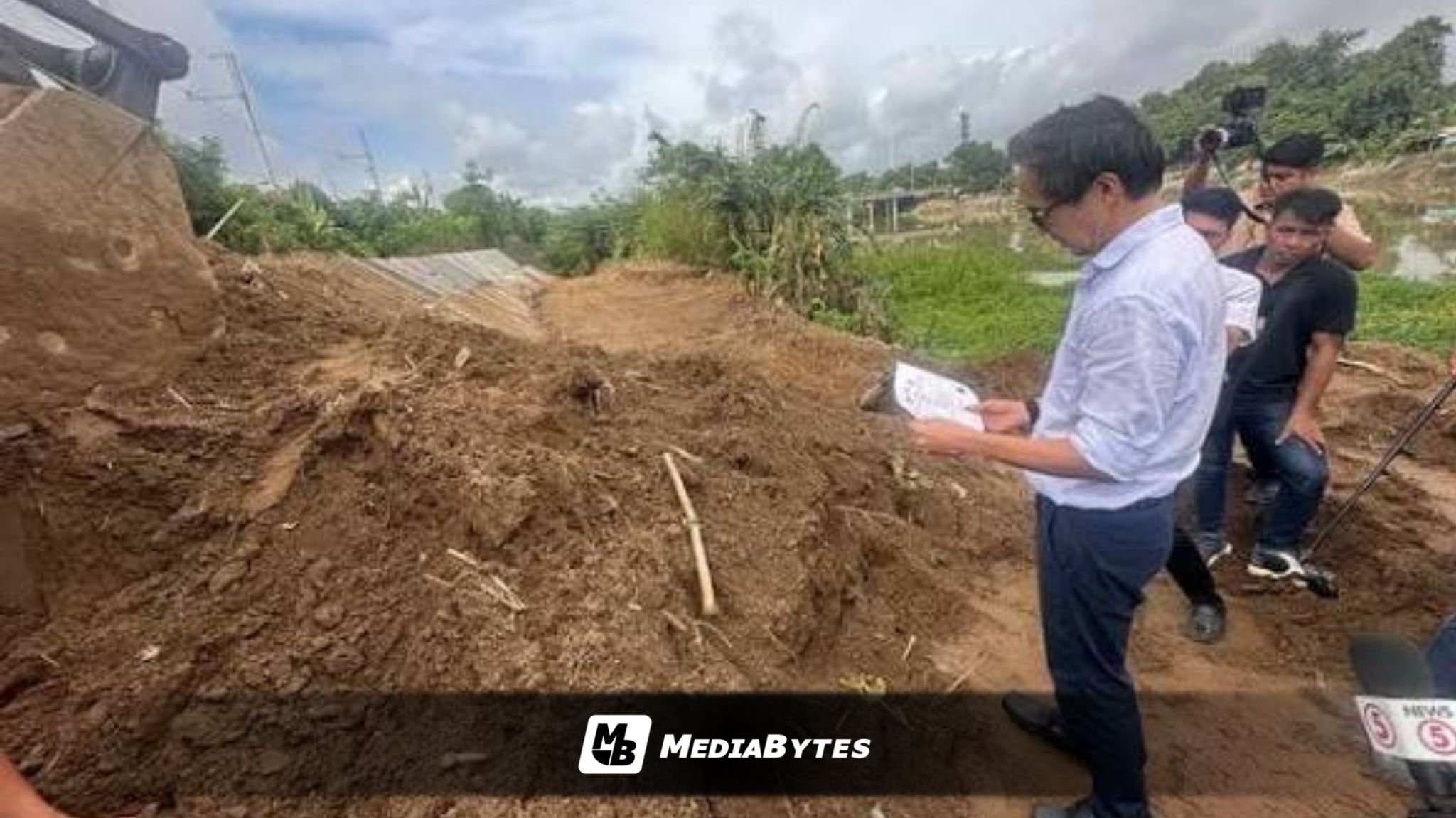A new study by the University of the Philippines National College of Public Administration and Governance (UP-NCPAG) has found that more than ₱115 billion in public funds has been allocated this year for “shadow” flood control projects — initiatives that exist outside the government’s official Flood Management Program (FMP).
The research showed a consistent rise in the budget for these non-FMP projects, which climbed from ₱81.55 billion in 2022 to ₱115.26 billion in 2025.
“This means that in the 2025 GAA, the budget for flood control projects outside the FMP is nearly 50% larger than the FMP’s own allocation,” UP-NCPAG noted in its policy paper released Friday.
According to the study, most of the ₱115-billion allocation is directed toward general infrastructure construction and maintenance such as retaining walls, dikes, revetments, drainage systems, slope protection, and coastal defenses. The findings suggest that a substantial share of flood control spending occurs beyond the official program, raising questions about budget transparency and coordination.
UP-NCPAG also urged closer scrutiny of other disaster-related allocations embedded within the Department of Public Works and Highways (DPWH) budget. These include funding for earthquake, landslide, fire, and storm surge mitigation, which, though not specifically labeled as “disaster expenditures,” are essential investments in reducing national vulnerability to multiple hazards.
The study further drew attention to the massive scale of road infrastructure spending, with ₱541.98 billion allotted for road construction, rehabilitation, and maintenance under the 2025 General Appropriations Act. This single-year amount, the report said, is roughly half of the department’s total budget in 2011 and more than double the combined funding for both official and “shadow” flood control projects in 2024 (₱115.26 billion + ₱248 billion FMP).
Despite these huge allocations, UP-NCPAG pointed out that “our disaster woes have worsened,” suggesting that increased spending has not necessarily translated into more resilient communities or improved disaster preparedness.
The policy note concluded by calling for stronger oversight, clearer program labeling, and better coordination among agencies involved in infrastructure and disaster mitigation to ensure that funds truly serve their intended purpose.



